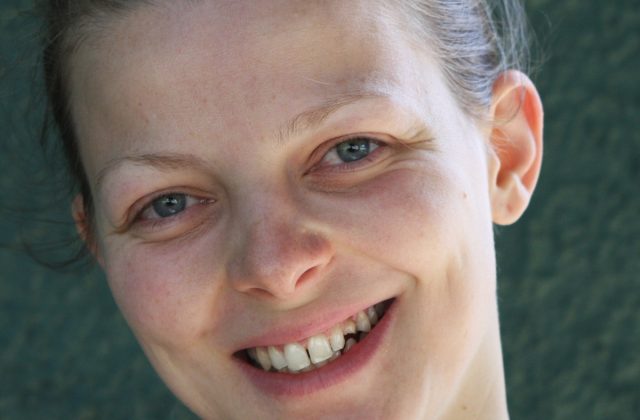Personalia
Judit Gervain. Ph.D. from SISSA, Trieste, Italy. Chargé de recherche, CNRS, Paris, France.
Theme Group Fellow (1 April 2017 – 30 June 2017)
The Neural Basis of Early (Artificial) Grammar Learning
Project Description
In sharp contrast with the high number of behavioral studies using AGL paradigms with infants, few studies to date have used imaging methods to explore the neural correlates of AGL. Within this theme group, my Aim 1 will be to review this literature both from a theoretical and from a methodological viewpoint. The literature review will highlight the neural mechanisms and brain circuitry known to be involved in artificial and natural grammar learning from birth onwards. The review will also explore the methodological reasons underlying the scarcity of imaging AGL studies with developing populations (e.g. task complexity, limitations due to prelinguistic populations etc.) On the basis of the theoretical aspects of this literature review, Aim 2 will be to compare and contrast the findings of the existing imaging AGL studies with, on the one hand, those using behavioral measures to assess possible underlying mechanisms at the ontogenetic level, and, on the other hand, with the studies regarding the neural basis of AGL performance in animals to gain insights at the phylogenetic level. From a methodological perspective, this review of the literature will allow us to identify the difficulties that might explain why such studies have so far been few in number. Aim 3 will therefore be to develop new experimental paradigms using NIRS and EEG to facilitate AGL research using imaging.
Selected Publications
Gervain, J., Werker, J.F., Geffen, M.N. 2014. “Category–‐specific processing of scale–‐invariant sounds in infancy”. Plos One, 9(5): e96278.
Gervain,J., Vines, B.W., Chen, L.M., Hensch, T.K., Young, A.H., Werker, J.F. 2013. “Valproate reopens critical–‐period learning of absolute pitch”. Frontiers in Systems Neuroscience, 7:102.
Gervain, J. & J. Werker. 2013. “Tuned to Grammar: Prosody Cues Word Order in Bilingual Infants.” Nature Communications, 4:1490
